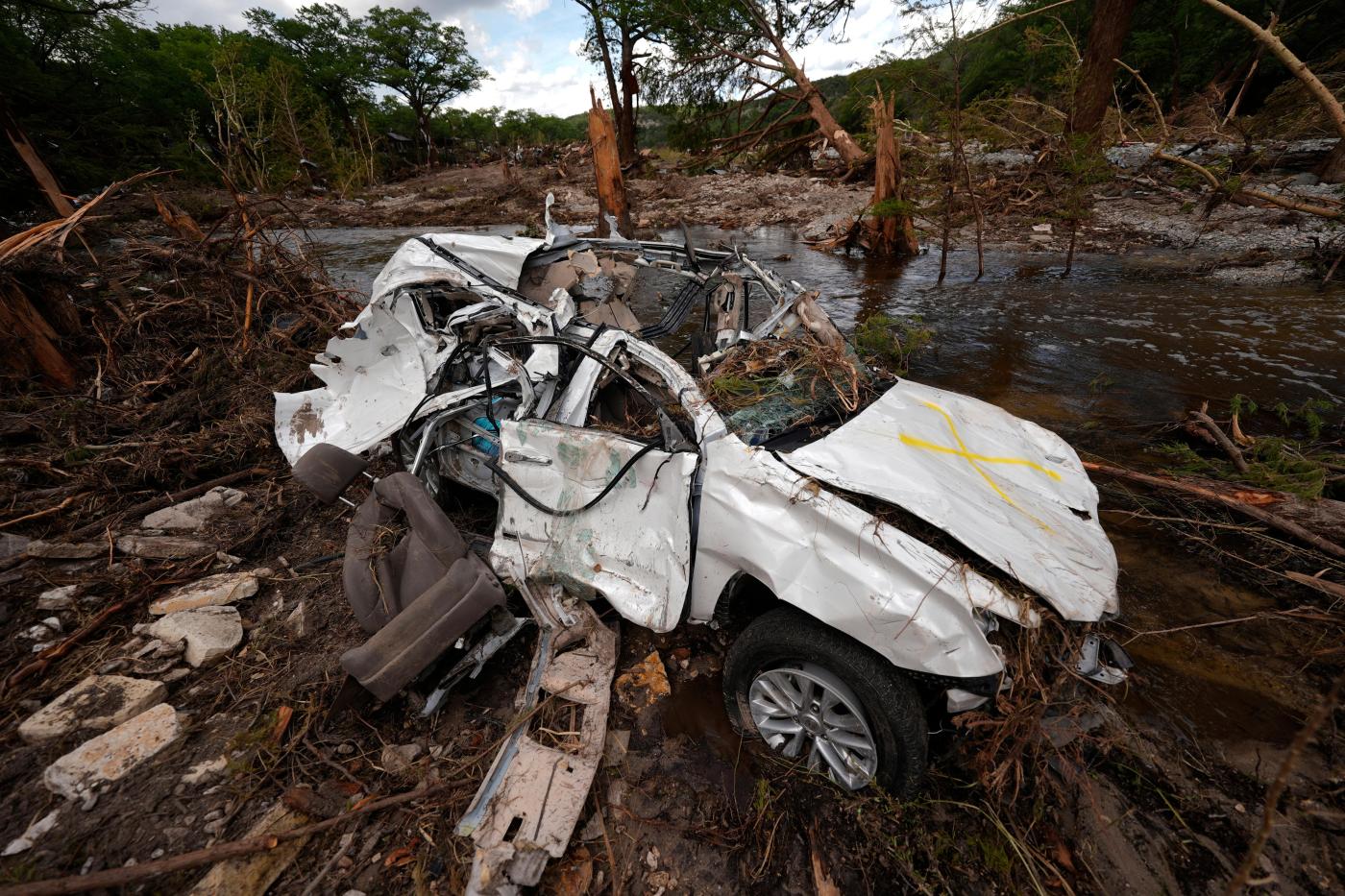With California short of nearly half a million affordable homes and a slew of projects stalled amid adverse market conditions, Sen. Dave Cortese has proposed a bill that would allow the state to use its credit to insure construction and permanent loans for multifamily housing, giving developers access to more favorable interest terms and letting them build more quickly and easily.
Related Articles
Letters: With so many apartments empty, the ‘housing crisis’ is a sham
Will Cal Fire get funding for more year-round firefighters in California’s state budget?
Newsom’s budget trims state’s ‘major breakthrough in ensuring the survival of newsrooms’
California lawmakers pull ethnic studies bill, introduce anti-discrimination bill
Newsom blames California’s $12 billion budget shortfall on tariffs, Medi-Cal spending on immigrants
While some cities like San Jose – which saw no new market-rate multifamily housing built in 2024 – have turned to incentives to kickstart projects hampered by high interest rates and increasing material and labor costs, Cortese said the housing issues cannot solely be solved by local governments and streamlining.
Instead, the San Jose Democrat asserts, bolder steps must be taken to attract private investment to spur more housing.
Government credit guarantees provide a powerful tool, “so that projects that are just on the bubble suddenly reach the tipping point and can break ground,” Cortese said.
His bill, SB 750, has received widespread support from several state senators, including Jesse Arreguín, Joah Becker, Christopher Cabaldon, and Scott Wiener, as well as housing groups, and has already passed the Senate’s Judiciary Committee.
California mandated that local jurisdictions plan for 277,523 very low-income units during the last housing cycle, but only 57,392, or just over 20%, were issued permits, continuing the state’s poor track record of keeping up with housing demand. In the same period, local jurisdictions permitted only about 30% of the 184,921 low-income units the state required them to plan for.
Market conditions also have contributed to additional complexity in financing affordable housing by forcing developers to cobble together more financing resources, which typically adds months, and sometimes years, to the building timeline. Developers also need local and state funding sources lined up before they can apply for low-income tax credits, which are already highly competitive.
Research conducted by the University of California at Berkeley’s Terner Center for Housing Innovation found that projects with tax credits required nearly four funding sources between 2000 and 2018. At least one-quarter of projects can now require between five and 11 sources.
“We must make it faster, cheaper and easier to build these units at a range of income levels by using the state’s credit to provide financial guarantees,” said Corey Hebert, a senior associate at Ethos Real Estate. “SB 750 will lower the cost of capital as well as reduce financing layers and de-risk larger projects, which will really bring a lot of affordable housing providers who may be on the sidelines due to high interest rates back to the table on both the public and private side of the coin.”
Nolan Gray, senior director of legislation and research for California YIMBY, which supports policies to accelerate home building, said increasing affordable housing supply was more important than ever as housing costs are increasingly squeezing residents.
“In most of the coastal parts of the state, and increasingly even in the interior, the median home price is now 10 times the median household income, meaning that the typical California family has no path to home ownership,” Gray said. “Around a quarter of California renters spend half of their income on rent, putting them in an incredibly financially precarious situation.”
In the nine-county Bay Area, the state has mandated local governments plan for a total of 180,334 new affordable homes – including 50,923 in Santa Clara County, 37,187 in Alameda County and 21,031 in Contra Costa County – for the current housing cycle, which runs to 2031.
Before supporters of the $20 billion Bay Area housing bond yanked the proposal last year, a report completed in partnership between Enterprise Community Partners and the Bay Area Housing Finance Authority found that only a little more than a quarter of the required affordable homes were in the predevelopment stage.
To help get these projects off the ground, Cortese has proposed creating the new program through the California Housing Finance Agency, which would use the state’s credit to guarantee the loans, all while generating revenue from premiums to cover its costs.
While the concept represents a new idea for housing in California, Daniel Heimpel, the managing director of Good River Partners — a public benefit corporation that works to develop financial ecosystems that allow for large-scale private investment — said similar programs exist for other uses at the state and federal levels. One used by the Department of Transportation to revamp metro systems and the California health facility loan program helped guarantee more than $9 billion in loans to build 616 facilities.
“We have a very good template to follow,” Heimpel said.
Joining developers in support of Cortese’s bill were a plethora of rental groups and housing organizations that believe increasing housing supply would help draw down costs and alleviate some of the pressures of the affordability crisis.
“It aims to create more affordable housing options for young people who are trying to build lives, especially after foster care, increasing the number of affordable apartments available,” said Fatima Latifi, a 20-year-old college student and California Youth Empowerment Project member. “This bill would help many people find a stable home, allowing them to concentrate on their education and future.”
While SB 750 lays out the framework for a new financing tool, it will require a companion bill and ballot initiative to amend the California constitution.
State law prohibits the Legislature from creating any debts or liabilities exceeding $300,000, except in case of war or insurrection, or a bond law for a single object or work that is passed by two-thirds of the Legislature and approved by the voters.
“We think this is big business, and we think this is a monumental step in terms of changing the way California approaches private development in the state,” Cortese said.




